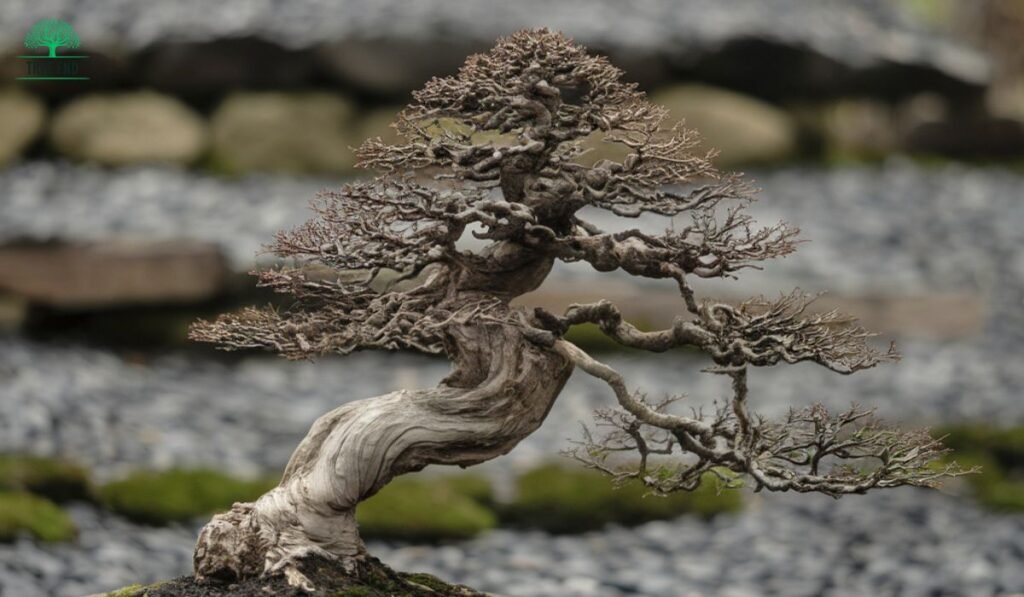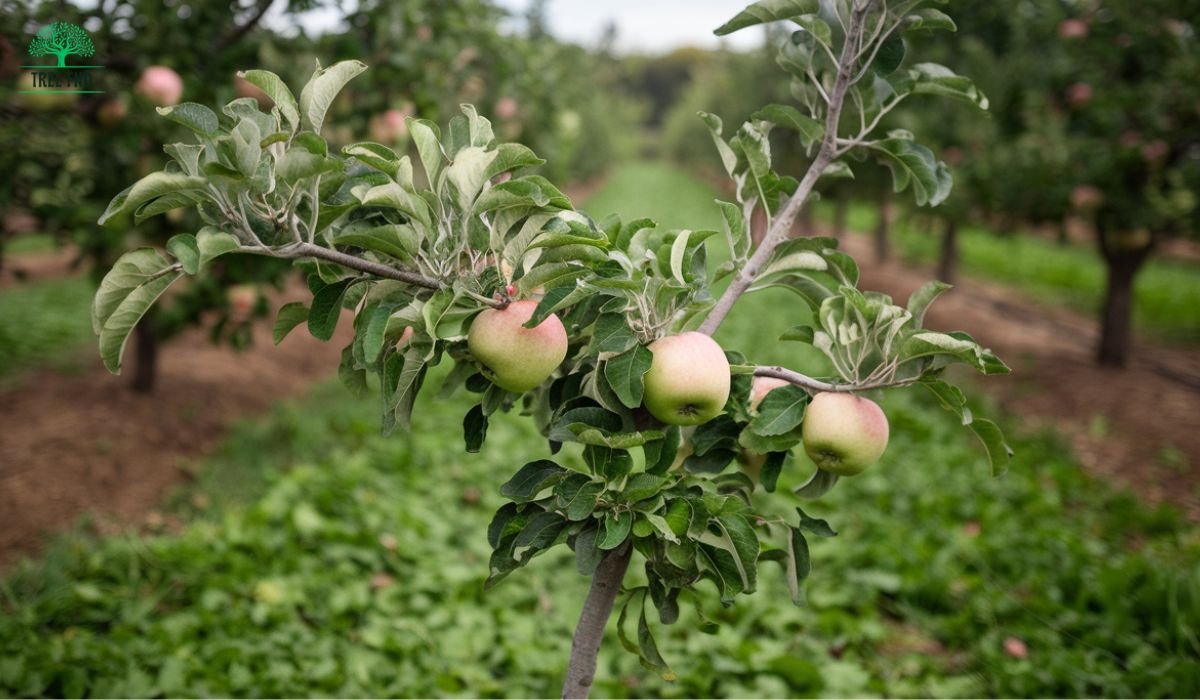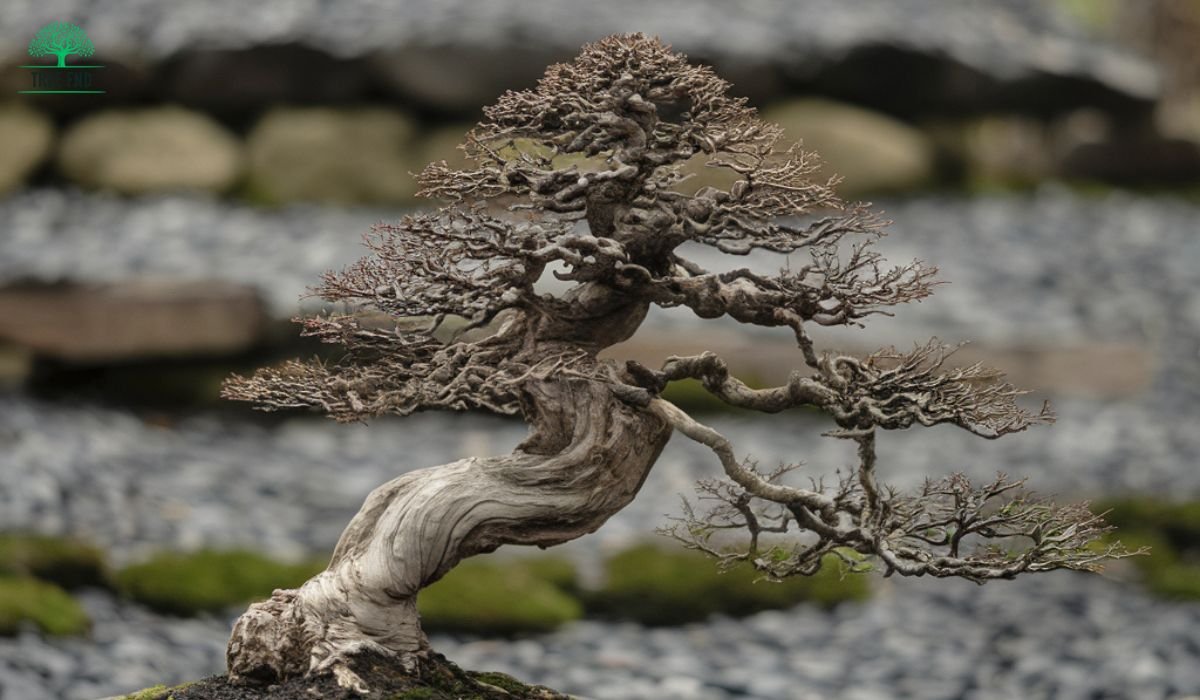Bonsai trees captivate with their miniature beauty and rich history. These living artworks can survive for incredibly long periods with proper care. Some bonsai trees have lived for over 1000 years, showcasing the incredible longevity of these carefully cultivated plants.
The lifespan of a bonsai tree depends on several factors, including species, care quality, and environmental conditions. While many bonsai trees available for purchase are between 10 and 15 years old, dedicated enthusiasts can nurture their trees for decades or even centuries.
One of the oldest known bonsai trees is a Ficus retusa linn, believed to be over 1000 years old. This ancient specimen resides in the Crespi Bonsai Museum in Milan, Italy, standing as a testament to the enduring nature of these remarkable plants.
Table of Contents
ToggleUnderstanding Bonsai: Definitions and History
Bonsai is the art of growing miniature trees in containers. The word “bonsai” comes from Japanese, meaning “planted in a container.”
This practice began in China over 1,300 years ago. It was known as penjing and involved creating miniature landscapes with plants and stones in trays.
Japanese monks later brought this art form to Japan. There, it evolved into the bonsai style we know today.
Bonsai trees are not genetically small. They are regular trees kept small through careful pruning and training. This process can take many years of patient work.
Some key techniques used in bonsai include:
- Pruning roots and branches
- Wiring branches to shape them
- Careful watering and fertilizing
- Repotting to control growth
Bonsai is more than just gardening. It’s seen as an art form that represents harmony, balance, and patience. In some cultures, bonsai trees are thought to bring good luck.
If you’re curious about their growth potential, check out our guide on How Tall Does a Bonsai Tree Get? to learn more about their unique characteristics.
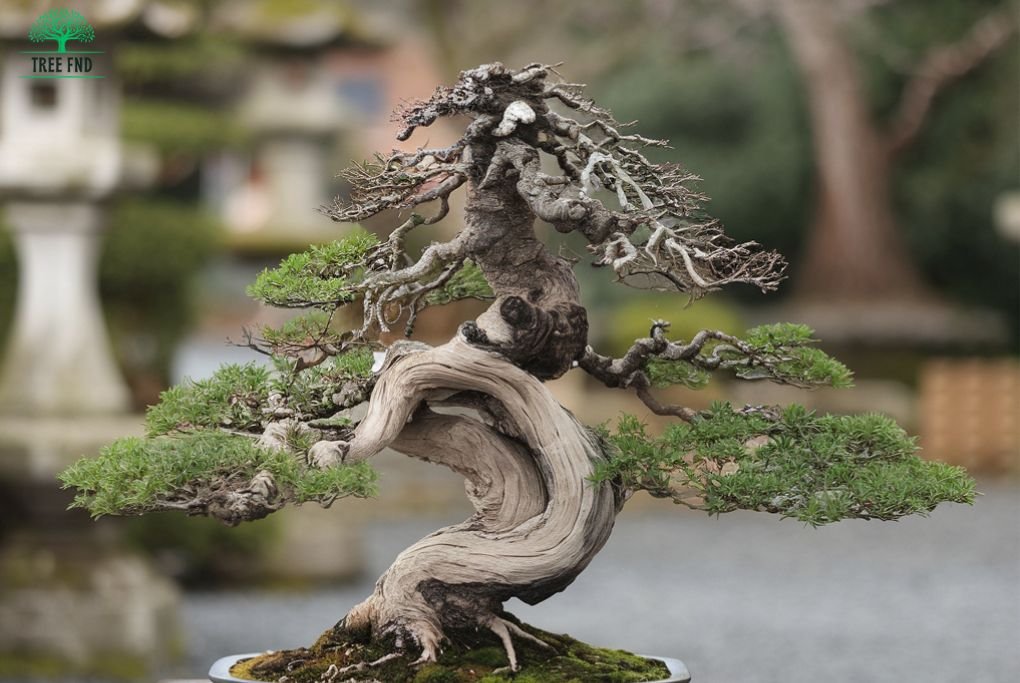
Lifespan Fundamentals of Bonsai Trees
Bonsai trees can live for many decades or even centuries with proper care. Their longevity depends on the species and growing conditions.
Species and Varieties
Different bonsai species have varying lifespans. Some bonsai trees can live for over 1,000 years, like certain juniper varieties.
Many common bonsai species live between 40-150 years:
- Pine: 100-150 years
- Juniper: 100-150 years
- Japanese Maple: 40-100 years
- Boxwood: 80-150 years
Indoor bonsai trees tend to have shorter lifespans, typically 5-10 years. Outdoor varieties often live much longer, sometimes reaching a century or more.
Growth Conditions Impact
The care and environment greatly affect a bonsai’s lifespan. Proper maintenance is crucial for longevity.
Key factors include:
- Watering: Consistent, appropriate watering
- Soil: Well-draining, nutrient-rich mix
- Pruning: Regular, careful trimming
- Light: Correct amount for the species
- Temperature: Protection from extremes
Stress from poor conditions can shorten a bonsai’s life. Ideal care allows trees to thrive and reach their full lifespan potential.
Expert guidance and selecting hardy species can significantly extend a bonsai’s life. With dedication, bonsai trees can become multi-generational living art pieces.
If you’re a pet owner, you might wonder, Are Bonsai Trees Poisonous to Cats? Understanding the safety of bonsai trees for your furry friends is crucial for a harmonious living space.
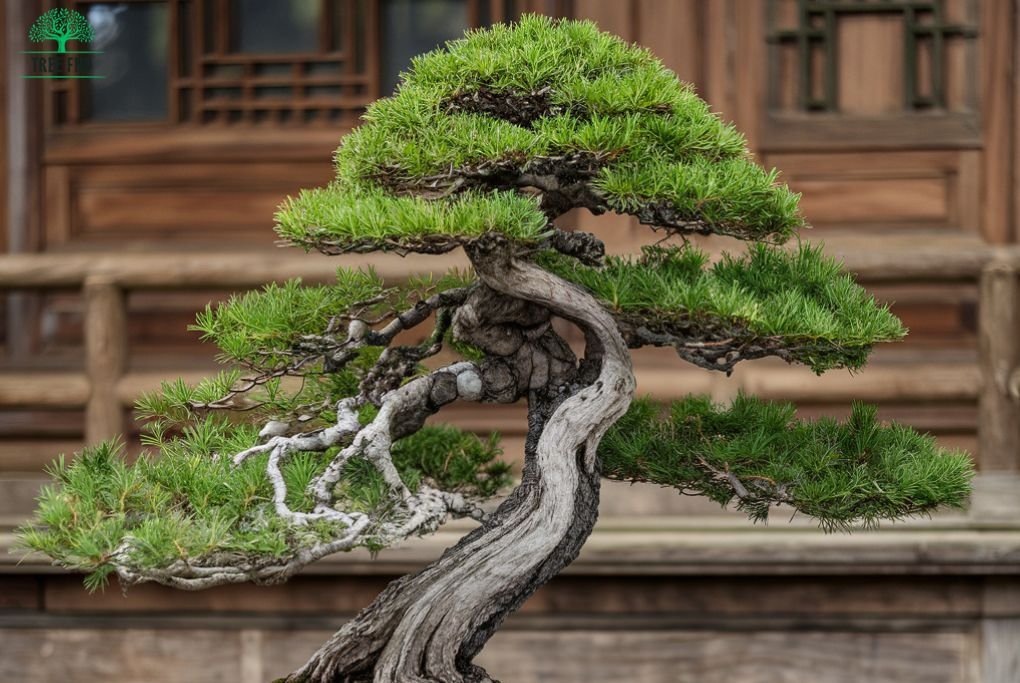
Cultivation Techniques and Longevity
Proper care is key to extending a bonsai tree’s life. The right pruning, soil, and watering habits can help a bonsai thrive for many years.
Pruning and Shaping
Pruning keeps bonsai trees small and healthy. Cut new growth back to 2-3 leaves to maintain the tree’s shape. Remove dead or weak branches to boost airflow and light. Use sharp, clean tools to avoid damage.
Wiring shapes branches but can harm the tree if left too long. Check wires often and remove them before they cut into the bark. Gentle bending over time works best for most species.
Root pruning happens during repotting. Trim no more than 25% of roots at once. This keeps the tree small while allowing for new growth.
Soil and Repotting
Bonsai soil must drain well to prevent root rot. A mix of akadama, pumice, and lava rock works for many trees. The exact blend depends on the species and climate.
Repot young trees every 1-2 years. Older trees need it less often, every 3-5 years. Spring is the best time for most species. Gently remove the tree from its pot and trim the roots.
Use a pot that’s slightly larger than the root ball. Add fresh soil and water well after repotting. Keep the tree in the shade for a few weeks to help it recover.
Watering and Feeding
Water bonsai trees when the top inch of soil feels dry. Avoid overwatering, which can lead to root rot. In hot weather, trees may need water twice a day.
Use a watering can with a fine nozzle to avoid washing away soil. Water until it runs out of the drainage holes. Mist leaves to boost humidity, but don’t rely on this for watering.
Feed bonsai trees every 2-4 weeks during the growing season. Use a balanced, water-soluble fertilizer at half-strength. Stop feeding in late fall and winter when growth slows down. For detailed guidance, check out our article on Wild Olive Bonsai Tree Care to ensure your bonsai thrives year-round.
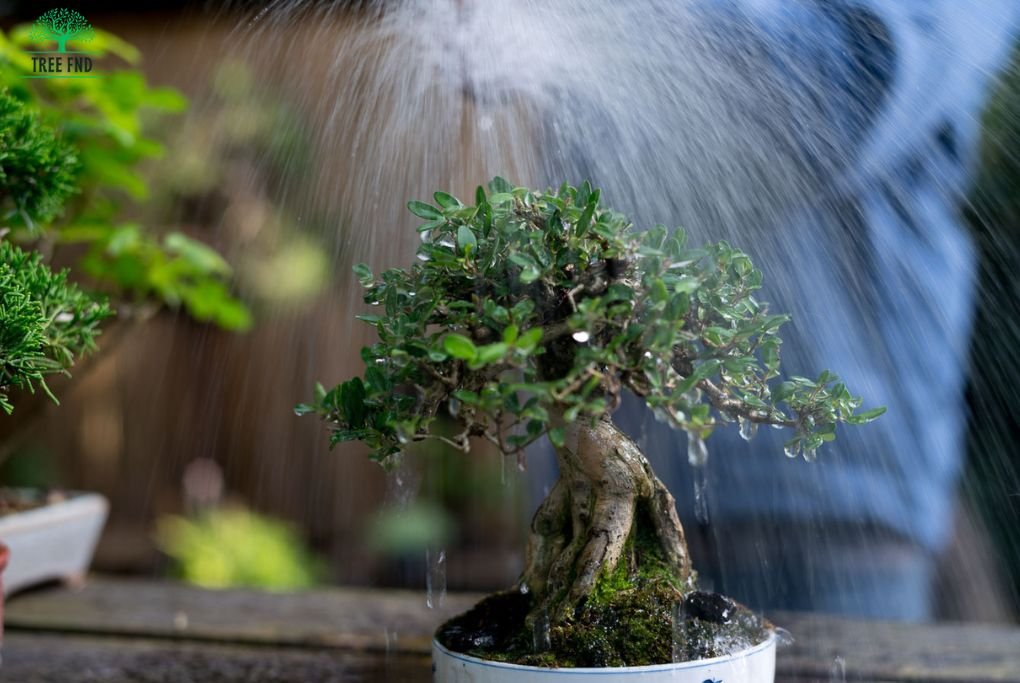
Environmental Factors Affecting Bonsai Age
The lifespan of bonsai trees depends heavily on their surroundings. Key elements like temperature, light, and moisture play crucial roles in determining how long these miniature trees will thrive.
Seasonal Care
Bonsai trees need different care as the seasons change. In spring, they require more water and fertilizer to support new growth. Summer calls for protection from intense heat and sun.
Fall is the time to reduce watering and prepare for winter dormancy. During winter, bonsai trees need protection from frost and harsh winds. This is especially important for outdoor bonsai.
Proper seasonal care helps bonsai trees live longer. It prevents stress and keeps the tree healthy year-round.
Indoor vs. Outdoor Cultivation
The choice between indoor and outdoor cultivation greatly impacts a bonsai’s lifespan. Indoor bonsai typically live 5 to 10 years, while outdoor varieties can survive for decades.
Outdoor bonsai benefits from natural light and air circulation. They often grow stronger and live longer. However, they face risks from extreme weather and pests.
Indoor bonsai have more stable environments. They’re protected from harsh conditions but may lack sufficient light. Proper care, including adequate lighting and humidity, is crucial for indoor bonsai longevity.
The choice depends on the bonsai species and local climate. Some trees thrive indoors, while others need outdoor conditions to reach their full lifespan potential.
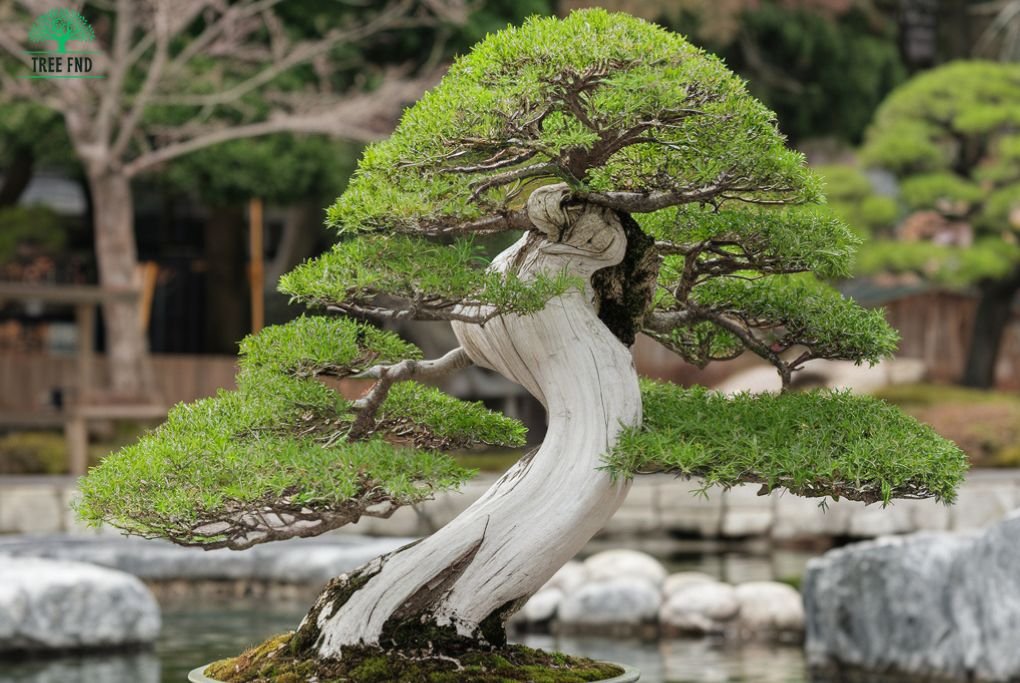
Comparative Analysis: Bonsai vs. Natural Lifespans
Bonsai trees can live as long as their natural counterparts when given proper care. The lifespan of bonsai trees varies greatly depending on species, care, and environment.
Some key differences between bonsai and natural tree lifespans:
- Size: Bonsai trees are smaller but can match the longevity of full-sized trees.
- Care: Bonsai require more intensive care to reach their full lifespan potential.
- Environment: Natural trees face more environmental challenges than protected bonsai.
Certain bonsai species can live for extraordinary lengths of time. For example, some bonsai enthusiasts have grown trees that live over 200 years, with a few reaching 1000 years old.
Factors affecting both bonsai and natural tree lifespans:
- Genetics
- Species-specific traits
- Disease resistance
- Environmental conditions
While natural trees may face harsher conditions, bonsai trees benefit from controlled environments and dedicated care. This careful cultivation allows many bonsai specimens to match or exceed the typical lifespan of their wild counterparts.
With proper techniques, bonsai trees can thrive for generations. Their compact size does not limit their potential for longevity when provided with optimal growing conditions and attentive maintenance.
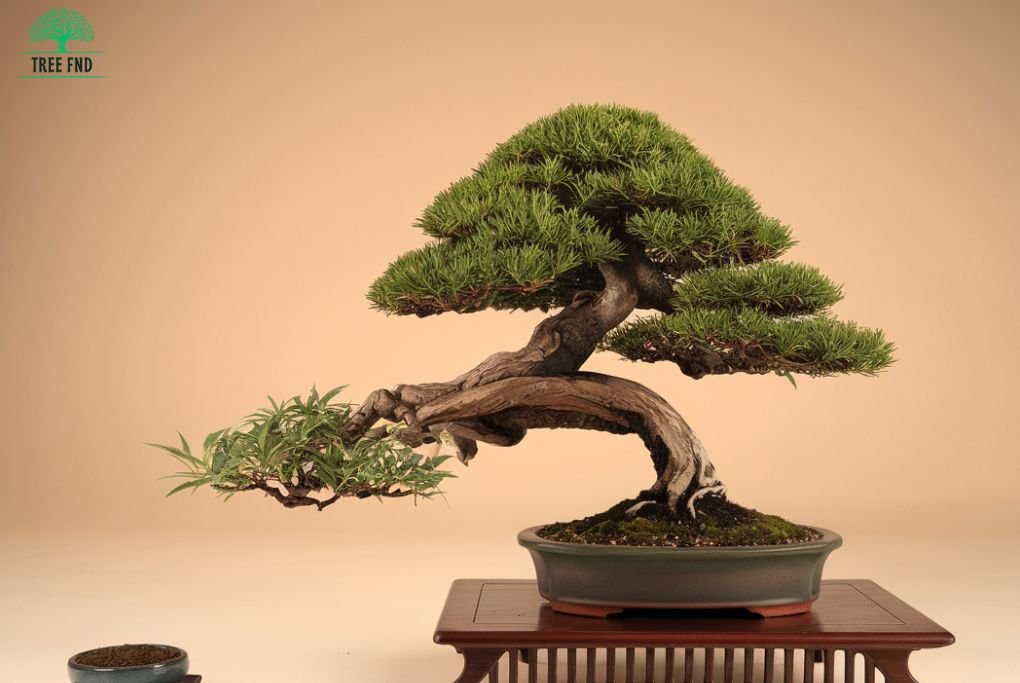
Health and Disease Management in Bonsai
Keeping bonsai trees healthy requires careful attention to pest control and disease prevention. These tiny trees face unique challenges that can impact their longevity if not addressed promptly.
Pest Control
Bonsai trees can attract various pests that harm their health. Common pests include spider mites, scale insects, and aphids. Regular inspection is key to spotting problems early.
Effective pest management often involves a mix of methods. Pruning affected areas can remove infestations. Insecticidal soaps offer a gentle treatment option for many pests.
For serious issues, systemic insecticides may be necessary. These chemicals travel through the tree’s system to target pests. Always follow label instructions carefully when using any pesticides.
Natural predators like ladybugs can help control some pests. Introducing these beneficial insects provides an eco-friendly pest control option.
Disease Prevention
Bonsai trees can fall victim to various diseases, mostly caused by fungi, bacteria, and viruses. Proper care is the first line of defense against these threats.
Good air circulation helps prevent fungal growth. Avoid overcrowding bonsai trees and pruning to improve airflow. Watering practices also play a crucial role in disease prevention.
Water bonsai trees in the morning to allow foliage to dry before nightfall. This reduces the risk of fungal infections. Ensure proper drainage to prevent root rot.
Using sterile tools when pruning or wiring prevents the spread of diseases. Clean tools with alcohol between uses on different trees. Remove any dead or diseased parts promptly to stop infections from spreading.
Case Studies: Oldest Bonsai Trees on Record
Bonsai trees can live for centuries with proper care. Some of the oldest known bonsai trees offer amazing glimpses into history.
The Ficus retusa linn at the Crespi Bonsai Museum in Italy is said to be over 1,000 years old. This 10-foot-tall tree has a dense network of aerial roots and a balanced shape.
Japan’s Mansei-en nursery houses a juniper bonsai that’s also over 1,000 years old. Tests have confirmed its age, making it one of the most ancient living bonsai specimens.
The Nara National Museum in Japan displays a Chinese banyan believed to have been planted in 554 AD. If true, this would make it nearly 1,500 years old.
While not as old, an 800-year-old pine bonsai holds the record for the most expensive bonsai ever sold. This shows the high value placed on well-maintained, ancient bonsai trees.
These examples show that with expert care and dedication, bonsai trees can thrive for many centuries, becoming living pieces of history.
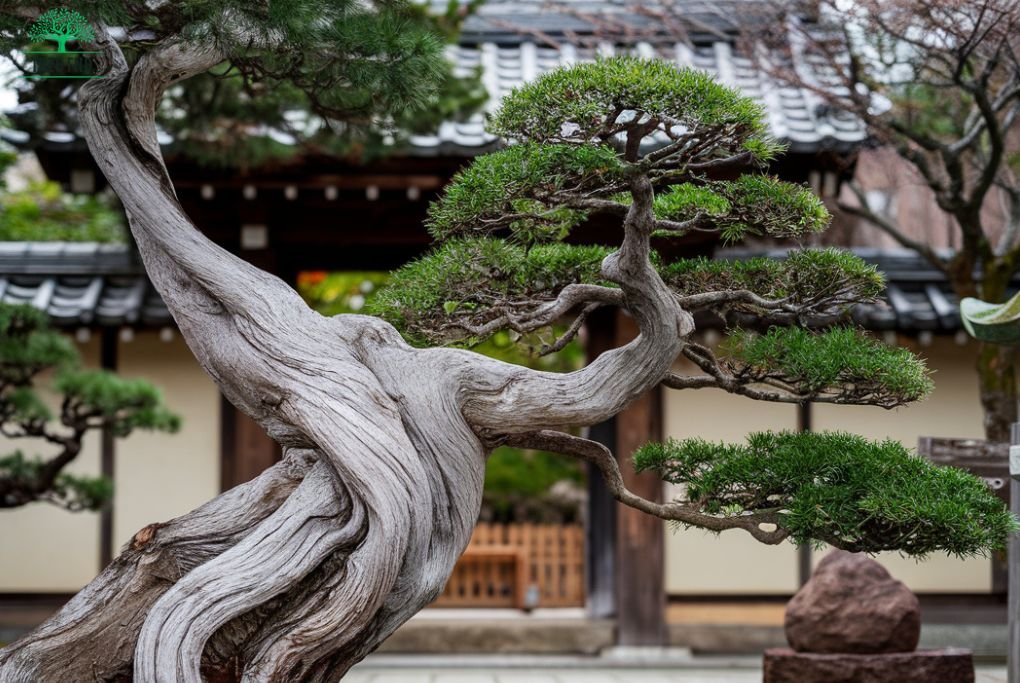
Preservation and Legacy: Ensuring Bonsai Longevity
Bonsai trees can live for centuries with proper care. Some have thrived for over 1000 years, passing through many generations. Preserving these living art forms requires dedication and skill.
Proper care is key to bonsai longevity. This includes:
- Careful watering
- Regular pruning
- Appropriate fertilization
- Protection from pests and diseases
Natural remedies can help maintain bonsai health. Neem oil repels pests, while cinnamon prevents fungal infections. These gentle methods support the tree’s vigor.
Propagation plays a vital role in preserving the bonsai legacy. It allows ancient traditions to continue while adapting to changing environments. This ensures the survival of unique cultivars and styles.
Bonsai represents more than just plants. They embody the family heritage and cultural wisdom. Passing down a bonsai creates a living connection to one’s ancestors.
Caring for a bonsai is an ongoing process. It requires patience, skill, and a deep understanding of the tree’s needs. With proper techniques, these miniature trees can outlive their caretakers, becoming true living heirlooms.
Frequently Asked Questions “How Old Do Bonsai Trees Live“
How long can bonsai trees live?
Bonsai trees can live for centuries if properly cared for. With optimal conditions, regular pruning, and proper watering, some bonsai trees have been known to live over 1,000 years, making them a long-term commitment for enthusiasts.
What factors affect the lifespan of a bonsai tree?
The lifespan of a bonsai tree depends on factors like species, care routine, soil quality, watering practices, and protection from pests and diseases. Consistent care and attention significantly enhance their longevity.
Do all bonsai trees live the same amount of time?
No, the lifespan varies by species. For example, juniper bonsai trees can live for hundreds of years, while some tropical species may have shorter lifespans. Proper care tailored to the specific species can maximize their longevity.
How can I ensure my bonsai tree lives a long life?
To ensure your bonsai tree thrives, provide adequate sunlight, water regularly but avoid overwatering, use nutrient-rich soil, and prune it to maintain health and shape. Protecting it from extreme weather and pests is also crucial.
Are older bonsai trees more valuable?
Yes, older bonsai trees are often considered more valuable due to their age, history, and the time invested in their care and styling. They are highly sought after by collectors and can fetch significant prices in the market.
Can bonsai trees outlive their full-sized counterparts?
Yes, bonsai trees can outlive their full-sized counterparts under proper care. The controlled environment, regular pruning, and consistent attention help mitigate natural risks that might shorten a full-sized tree’s life.

